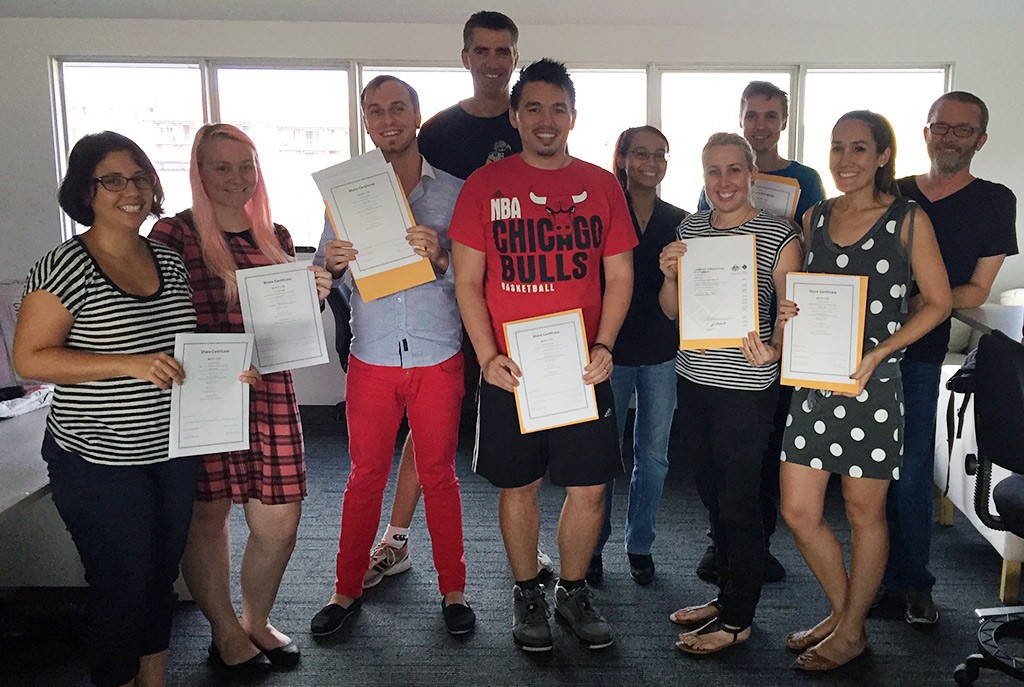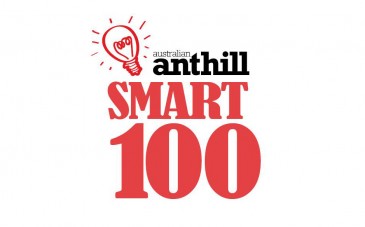It has been a year tomorrow since we first started work on what would become 6Q. Let’s describe the journey so far, for prosperity sake, as well as to give other startup founders, and the general community something to compare your own experiences with.
Our humble SaaS startup, 6Q, turns one year old tomorrow.
Well, actually we’ve only been live to the public for the last four months; however the actual concept started to unfold eight months before that day, on 8th August last year.
The last twelve months have been a rollercoaster of ups and downs, with great feedback, unpleasant mistakes, much head scratching and plenty of learning and laughs.
In this post, I hope to try and capture some of the key milestones during the first year at a startup whilst they are still fresh in my mind, and share some lessons from an early-stage startup. I hope that you find something that resonates with you, as we go month by month over the last year at 6Q.
So, without further ado, let’s kick on with the timeline…
8 August 2014
We gathered the team in our boardroom, for the first ever startup sprint. Over that day, much of the MVP of 6Q was created between us; the 6Q logo and branding, coming soon page, twitter account, email templates, and a simplistic version of the system itself.
There has been much written about this process, which I won’t cover here, however, I do recommend you taking a read of these articles about the ‘startup sprint’ day we had;

- How to encourage innovation in your business, in one day (Smart Company)
- Creating a culture of innovation (Australian Institute of Management)
- The short (& long) history of our Start-up (6Q blog)
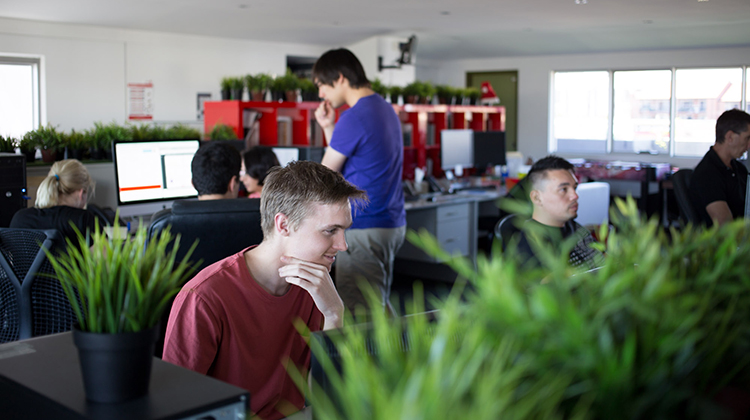
Startup Sprint
16 August
Our first weekly report is in!
It’s a little ugly, but it works! Interestingly, in the early days, we believed that there was no need for anonymity, which was a feature we only included at the last minute before we launched in March.
Takeaway: look at competitors in your space, and if they all have the same feature, it’s likely their customers all asked for it, and you may get asked as well.
September 2014
Things on the 6Q front were quiet; we held off doing a lot, whilst we collected feedback internally from using the survey system ourselves. I always recommend customer validation at an early stage, yet we really did build this product for ourselves first and foremost, so we wanted to ‘eat our own dogfood’ as they say.
Takeaway: If you solve your own problem, then it’s likely others have the same problem and your solution could scale.
October 2014
Things slowly started getting done. We worked mostly on ensuring that we had a ‘pre-launch page’ getting designed and built, after having a LaunchRock powered coming soon page for a while.
November 2014
We finally got around to launching our pre-launch page. We still weren’t sure if other organisations would ever utilise 6Q, but we knew they never would know about us, without at least a coming soon page first, would they?
You can read more about this on our post, Official pre-launch page live
Mental note: screengrab everything before you change it, so at least you can look back on your progress over time. I’m annoyed I didn’t do this for our first few pages, and particularly the system interface, which has changed a number of times.
December 2014
The team enjoyed our annual team trip away, this time 2,624km north in Bali, Indonesia for 5 days.
Coupled with our client work, and our annual office shut down between Christmas and early January, not a lot of development happened on the 6Q front.
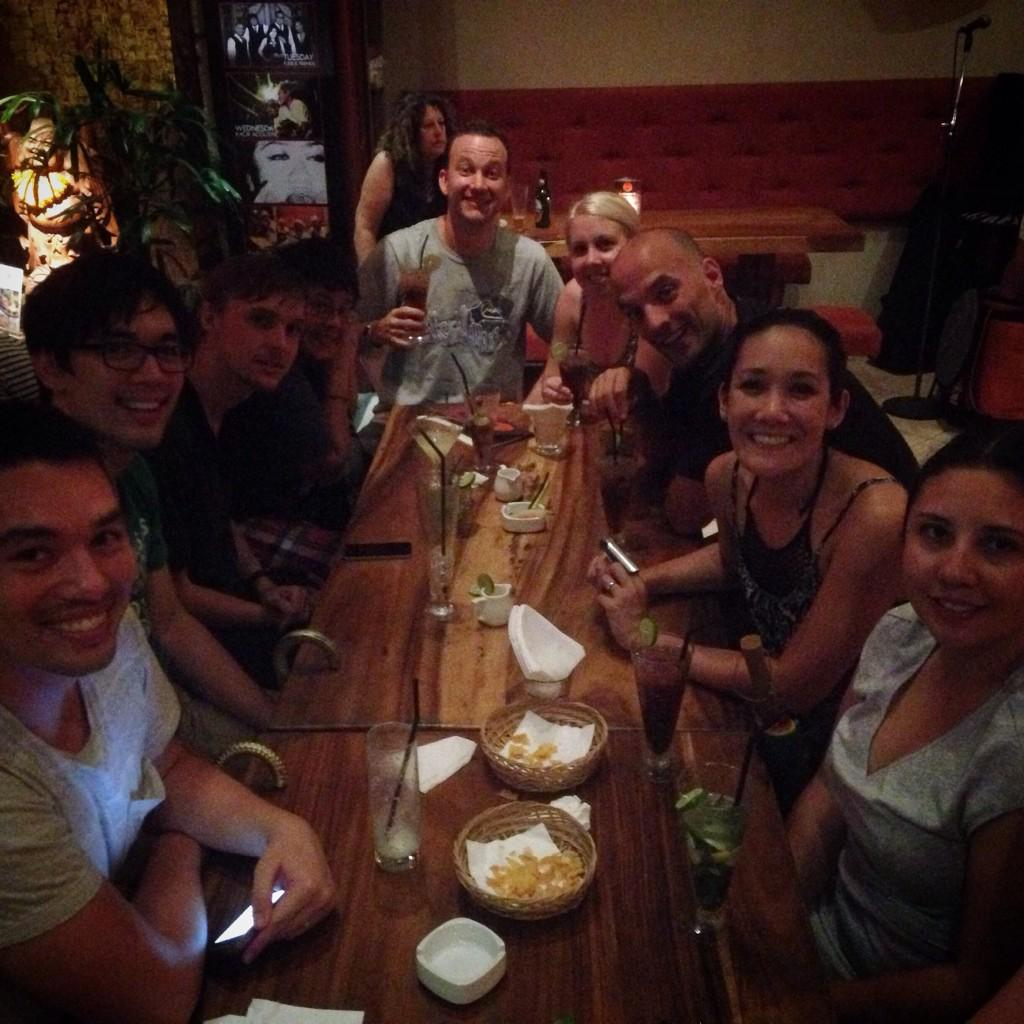
Some of the team enjoying Bali hospitality
14 January 2015
We opened the trial up to a select group of organisations, to start testing our theory that 6Q would be useful for others. The feedback for our early-stage startup was immediately very positive.
Sure, we made a bunch of wrong assumptions, and a few things certainly broke or didn’t behave the way we expected (developer talk for ‘broke’), however we were forgiven by our very kind alpha testers.
Takeaway: make sure you ask your early users for as many complaints as compliments. Nothing is ever released perfectly, the first time.
28 January
We first appeared in the startup media, with this piece in Startup Daily, titled ‘Employee survey app 6Q wants to help measure and improve company culture’.
Thanks so much for the coverage, Gina. We got a real kick out of being mentioned!
29 January
As a result of the piece in Startup Daily, we were ‘hunted’ on Product Hunt by someone on the other side of the globe (Hello and thanks, Violeta! :))
Sadly, we weren’t ready to enjoy the traffic that being listed on Product Hunt brought in, so we ended up losing most visitors without getting their email or anything to notify them when we’d launch.
I’ve seen many start-ups in recent months, who have a ‘please don’t hunt us yet!’ message. I wish we had thought of something similar, but to be honest, we didn’t expect Product Hunt to be a traffic source at the time.
Takeaway: keep your mouth shut from the media prior to launch, use an embargo press release, or include a message asking people not to hunt you (however it may not actually stop them doing so).
13 February
We registered 6Q Pty Ltd as an official company in our home country, Australia.
Not only that, we gave away shares in our company to the entire team. Welcome aboard as shareholders, the following team members, who (pictured below) are employees of Bam Creative, were instrumental in creating 6Q.
Takeaway: consider giving back to the team of early employees who helped get your startup to public launch, by giving them shares in the company you create.
6 March
We published a post, titled ‘We’re very nearly live…‘, where we invited people to join a door list.
We used this door list to stagger the invitations to trial us over the next weeks before our open launch, as a way to make sure that we were not inundated, and this also gave us valuable feedback from a wider audience; 100 organisations in 25 countries, in fact.
Takeaway: whilst it’s exciting to think we’d get covered on front page of TechCrunch the first day, and our servers would melt, it sadly didn’t happen; it is worth planning for the worst case scenario, though, just in case.
24 March
We hit the biggest milestone during our first year at a startup; we finally launched to the world. Whilst everyone expects a big party, it was more a round of congratulations on our employee Slack channel, and then back to work.
Takeaway: do something special for the team. It would have been nice to get a few photos, or enjoy a cake or round of drinks together. Sadly, we did nothing.
March/April
Over the coming weeks, we were very lucky to be featured in a number of articles in various media. We found having a good media kit was a great strategic move (Thanks Shahirah from Launchcode PR) and saved us plenty of time in providing images, etc.
Having a PR person certainly helped our early-stage startup get coverage.
Takeaway: Not all media are the same. Whilst we had coverage in very large offline media, that didn’t drive anywhere near the traffic numbers as smaller, online media did. Yet it is definitely still worth pursuing, we still get new trials who say they heard about us from a newspaper article from months ago.
17 April
Our first paid customer! Yay!
There’s something exciting about getting that automated notification by email that someone had upgraded. On the last day of their 25 days trial too!

Email notification of our first customer
Over the next few days, we received a few of these, and it was a very exciting time to see our idea being validated through customers willing to pay for our service.
Takeaway: Be prepared to patiently wait for the trial periods to start expiring. That was a very long 25 days waiting!
7 May
We launched our Staff Engagement Trends feature. This was limited to six weeks to begin with, and we added expansion of the time period to our product roadmap for future development.
Takeaway: Even if you have a larger feature planned, don’t be afraid to break it down to smaller chunks, and release it using a staged approach.
29 May
It was announced that we became winners in the first 50 places, in the SMART 100 awards, which are an annual awards program to celebrate Australian innovation, created by our friends at Anthill Magazine.
Takeaway: If you ever do submit your early-stage startup for some form of award, take the time to write a great application. I didn’t, because I had imagined getting any recognition was a long shot, and therefore wasn’t particularly happy with what I had written, upon reflection.
SMART100 was developed in 2008 to identify and rank Australia’s 100 most innovative products. With 100 innovations profiled and ranked each year, it is Australia’s largest awards program dedicated to innovation.
5 June
We launched our User segments feature. This was our first reactive feature; whilst we had this as a dot point in our product roadmap, we didn’t expect so many larger organisations to want to use 6Q from the start. Since they did, we needed a better way of filtering teams and groups.
Takeaway: Sure, plan that product roadmap out before launch, however expect it to change, to meet demand. I cover more of this in a talk I gave, which I subsequently posted about here.
6 July
We launched our variable frequency options. Up until this point, we had always maintained that weekly was the best cadence for these short employee poll surveys, given they are so fast and managers could react quickly with weekly surveys.
Takeaway: listen to your customers. We avoided adding this feature, as we were convinced everyone would agree with us about the frequency of the surveys, however, this wasn’t the case. I’m sure if we had launched to the public with this already built in, we would have had a higher retention rate.
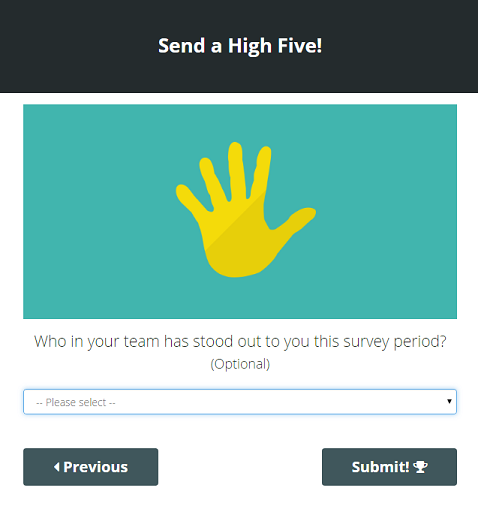
Screen capture of our High Five screen
13 July
Fresh on the heels of last week’s feature announcement, we launched our peer-to-peer employee recognition feature, which we named High Fives. There’s a blog post about this feature.
Takeaway: since we also use 6Q ourselves for our own team of 14 people, we trialled this feature internally for a few weeks before making it public; we wanted to make sure that the managers and recipients found the feature useful.
24 July
We overhauled the look of the leaders dashboard, we extended the trends options and we added a High Five leaderboard, all in one go. We even wrote a blog post about it.
Takeaway: make sure you clearly explain any big changes on your own blog, follow up with an email to current customers or users that are midway through their free trials, just so it isn’t a surprise when they next log in.
3 August
After much effort, particularly in the last four months, we publish our 50th blog post, here on this blog. It was a great one too, 40 great ways to say thank you to your employees.
The graph below shows what the effect on organic visitors is. We started our blogging in earnest in April, and it wasn’t really until late May we started enjoying the results of this.

Google Analytics screen capture, showing blog traffic to this blog.
Takeaway: you need to start your content marketing as soon as possible, and continue even when you feel like there are no readers.
8 August 2015
That would be today, one year after this whole idea came from a concept to reality. We have paying customers, great feedback and plenty of accolades.
All that within the first year at an early-stage startup. We’re pleased to be where we are today.
Summary
Starting a new business is always a game of wins and losses. Keep your head up, keep slaving away and don’t give up on your early-stage startup.
I trust that some of what I have written above will help you decide how to spend your early stage days, and perhaps take a leaf out of our book.
Best of luck!

